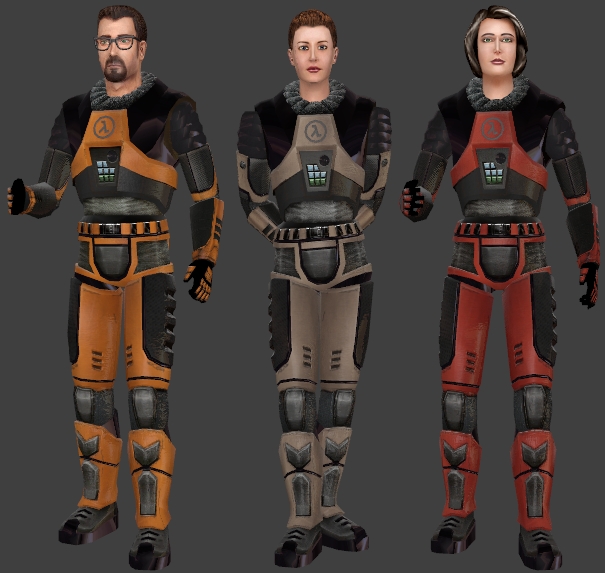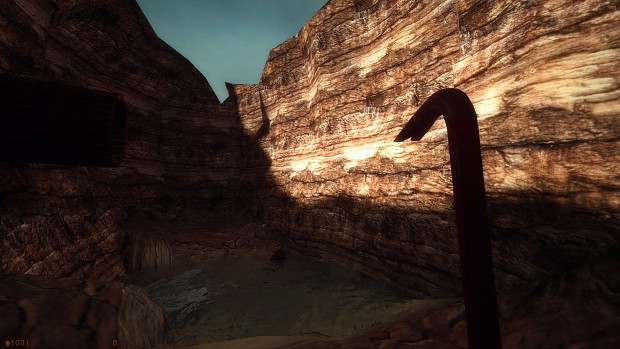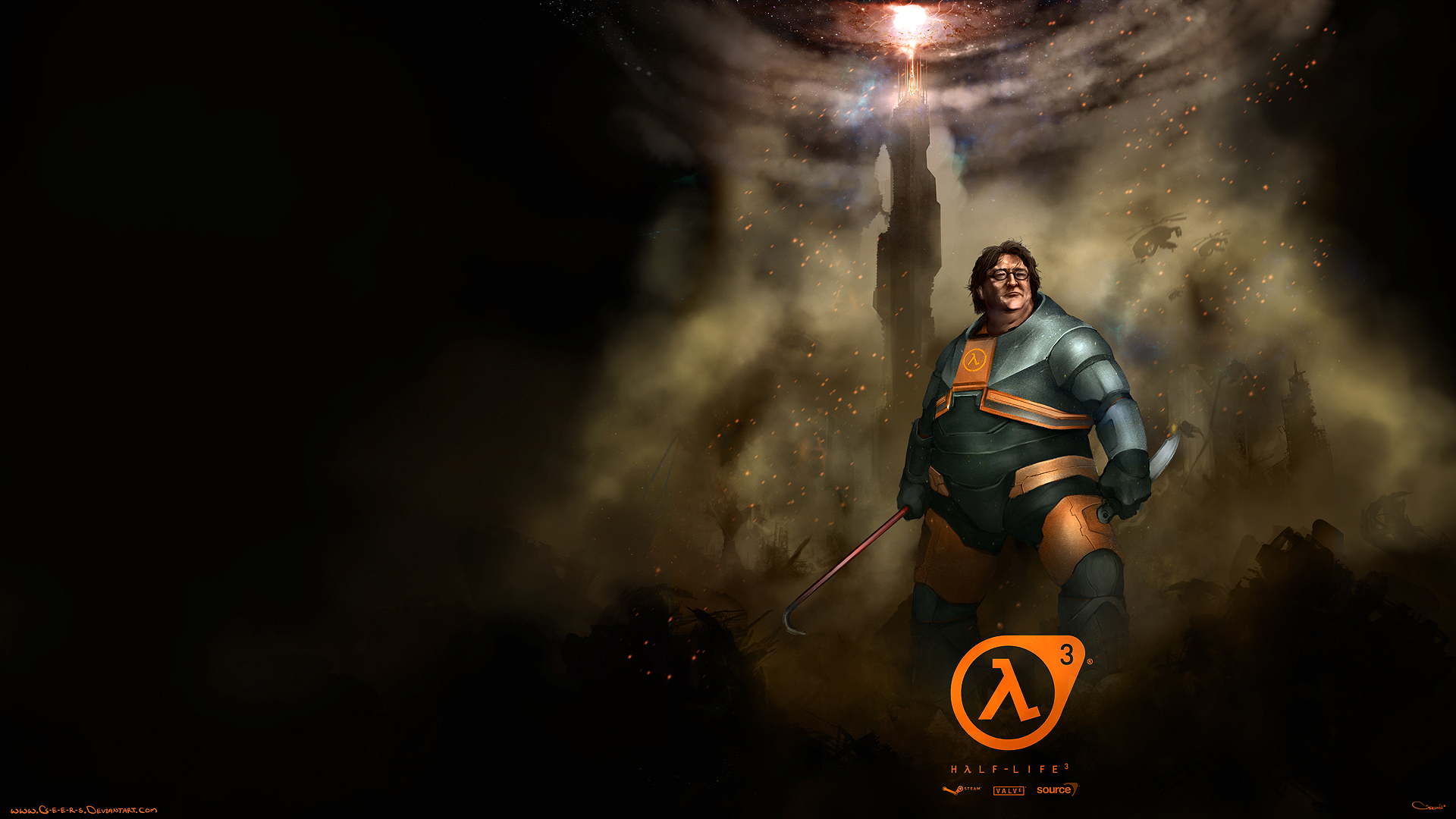
In the multiplayer part of the game, the Colt Python is additionally equipped with a laser pointer under the barrel. The Python's cylinder appears to not be attached to its crane nor ejector rod (which remain stationary while reloading), and it can be seen floating outside the gun when it is swung out. The reload animation is actually longer than the reload process itself, as the player can fire the revolver right after inserting new rounds into its cylinder (though this is not the case in Half-Life: Source). Reloading is done with the help of a speedloader, but it is still slower than the Glock's. 357 Magnum Colt Python is found mid-way through the game at the bottom of a blast pit and is far more powerful than the 9mm pistol, but is offset by a small capacity and a lower rate of fire. The third-person model is noticeably shorter, somewhat comparable in length to the Beretta 85FS.

The Glock (and the 92FS in the HD pack) is one of the few firearms in the game that can fire underwater. A suppressed version is used by the female Black Ops, and HECU (Hazardous Environment Combat Unit) medics are also seen using the pistol in the Opposing Force expansion pack. The secondary fire button makes it fire faster, but with reduced accuracy. It has a 17 round magazine capacity and is accurate, but not particularly powerful. The Glock 17 is the standard issue sidearm of the Black Mesa security guards. The following weapons appear in the video game Half-Life and its expansions: The HD Pack from Blue Shift was later ported back to Half-Life and Opposing Force. A fan remake of the first two expansions was developed under the name Operation: Black Mesa.
HALF LIFE SOURCE HD MODELS SOFTWARE
Three Half-Life expansions which were developed by Gearbox Software were spawned after the success of the first game: Opposing Force, released in 1999, Blue Shift, released in 2001 and originally intended for a cancelled Sega Dreamcast port of the game (also including a "High Definition Pack", which replaces all of the game's NPC and weapon models with higher-resolution counterparts), and Decay, which was only officially included alongside the base game in its PlayStation 2 port released in 2001. It was also ported to the newer Source engine used in Half-Life 2 instead of the older GoldSrc engine, and subsequently re-branded as Half-Life: Source.

It was followed by a sequel, Half-Life 2, and a fan-made remake, Black Mesa. It also helped jump-start the FPS storytelling genre. It is well known and acclaimed for its lack of cut-scenes (using scripted sequences instead), realistic worlds, (at the time) advanced AI, and seamless storytelling.

It is notable for being Valve's debut in the gaming industry and the first game in the Half-Life series. Half-Life is a sci-fi FPS developed by Valve and published by Sierra studios, released in 1998.


 0 kommentar(er)
0 kommentar(er)
